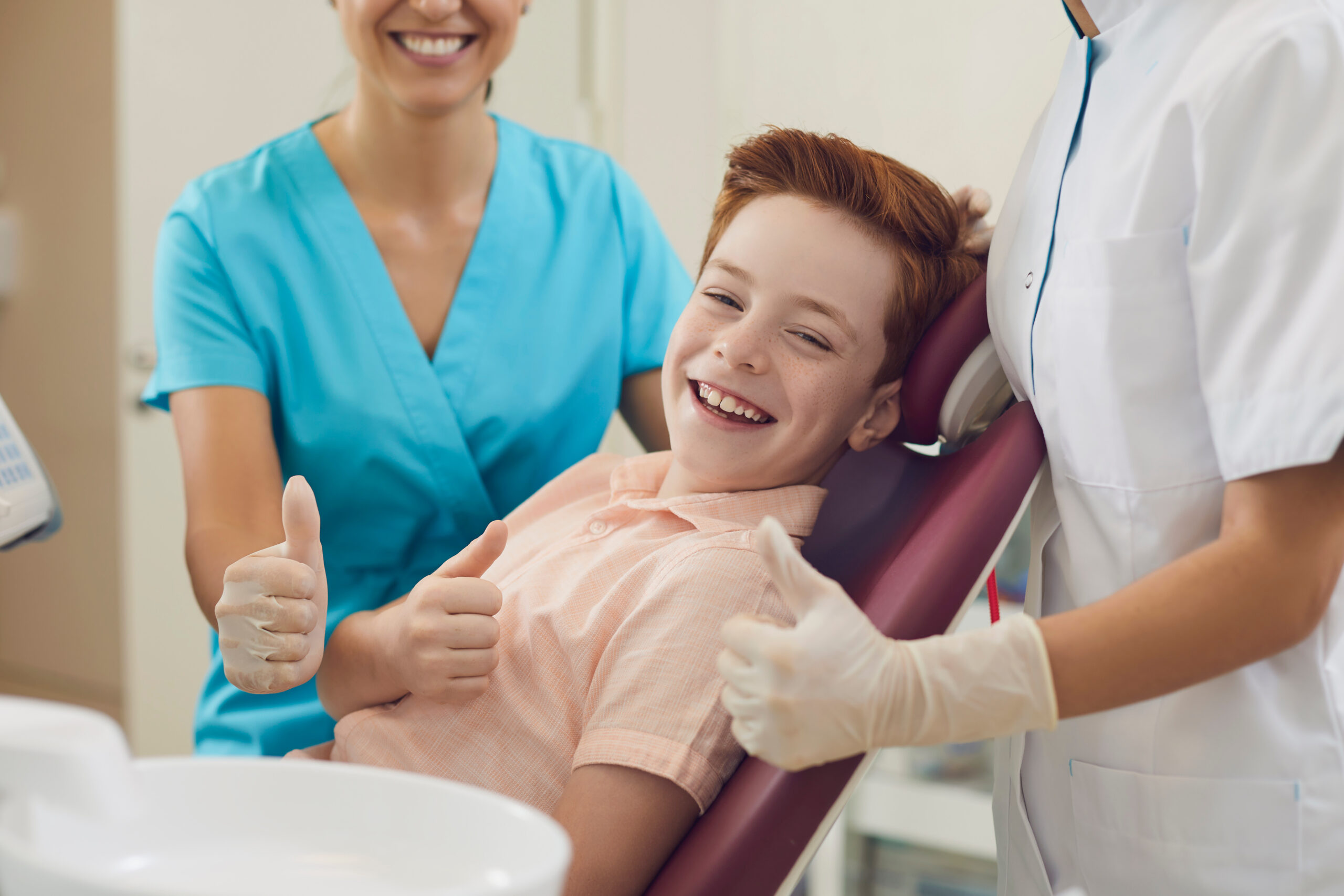Stating that the use of laser applications in many areas of dentistry such as caries diagnosis, teeth whitening procedures, root canal treatment procedures is becoming more widespread day by day, Pediatric Dentistry Specialist Dt. Nurgül Demir stated that the advantages and disadvantages of this application continue to be investigated. “Gingival corrections, treatments deemed necessary for lip and tongue tie positioning, in cases where the gingival obstacle on the teeth that cannot erupt should be removed, that is, the procedures that we frequently plan in pediatric dentistry can be performed routinely using laser. Increasing patient comfort during the surgical procedure and reducing the risk of complications after the procedure, especially in pediatric patients, brings laser applications to the forefront compared to classical surgical methods.” Pediatric Dentistry Specialist Dt. Nurgül Demir continued her words as follows: “Bleeding images during the surgical procedure, the possibility of the pediatric patient feeling pain, the uneasiness caused by the excess of material, the risks of complications that will increase with the mobility of the child require us to plan surgical procedures planned with classical methods in pediatric patients, often by putting them to sleep. Unfortunately, even after a successful surgical procedure, the closure of the surgical area with stitches, the inability to provide adequate hygiene in the area closed with stitches after the procedure, the difficulties in taking care of oral care and the risk of the pediatric patient playing with the stitches and damaging the tissue healing negatively affect the results of the treatment.”
Painless and easy treatment in a short time
Delivering speeches about the prominent advantages of laser in pediatric patients, Pediatric Dentistry Specialist Dt. Nurgül Demir, said, “Some of our advantages are that there is no need for regional anesthesia in most of the soft tissue procedures performed by laser application, and the soft tissue area where the surgical procedure will be applied often does not need to be sutured and bleeding control can be achieved. In addition to allowing the surgical procedure area to heal faster, laser applications reduce the problems that may occur after the procedure, so we do not even need to use painkillers for many procedures. In surgical procedures performed using laser, the time patients spend in the chair is also much shorter compared to classical surgical methods. This situation is too important to be ignored in pediatric patients whose tolerance to the dentist’s chair and cooperation during dental treatments are very limited.”
Bacterial growth is prevented
“Lasers prevent bacterial growth in the tissues in the area where it is applied, reducing the need for antibiotics after the procedure and ensuring that the healing process goes smoothly at a high rate,” said Dt. “Low-level lasers are known to be effective in the treatment of mouth sores seen in children as a result of treatments that weaken the immune system such as chemotherapy and radiotherapy and are routinely used. The effectiveness of different laser applications in the drug-free treatment of aphthous ulcers and herpes lesions in the mouth continues to be investigated.”
Dt. Nurgül Demir listed the other benefits of laser as follows;
-Laser applications are currently lip tie treatments in children, which are positioned lower than their normal position and cause gaps in tooth alignment,
-Tongue tie treatments that lead to restricted tongue movements and speech problems,
-Minor surgeries that we plan in patients who need to correct the gingival contour and remove the gingival obstacle on the teeth that cannot erupt and remain impacted,
-During surgical procedures to be applied to soft tissues; while providing bleeding control, reducing the risk of patient pain,
-Increasing patient comfort during the surgical procedure and reducing the risk of complications after the procedure,
It seems to offer promising options by significantly shortening the procedure time, allowing the pediatric patient not to lose cooperation and providing advantages in the post-procedure recovery process.
Right case selection and right treatment
Drawing attention to the correct case selection and the sensitivity and professionalism in the application of the technique in the success of laser applications, Dt. Nurgül Demir said, “In the patient planned for soft tissue surgery, the physician should decide on the method of treatment according to the needs of the patient and the requirements of the treatment. Correct case selection and precision and professionalism in the application of the technique are of great importance in the success of laser applications. Especially in pediatric patients, planning the procedure with a maxillofacial surgeon will ensure that the process proceeds flawlessly.”



